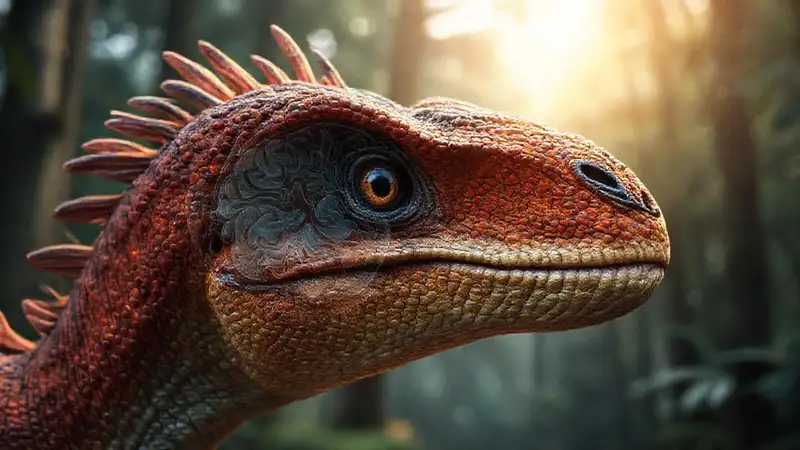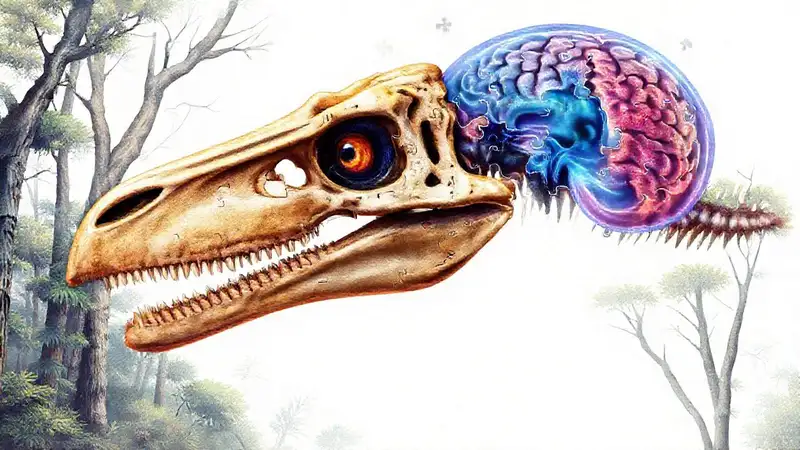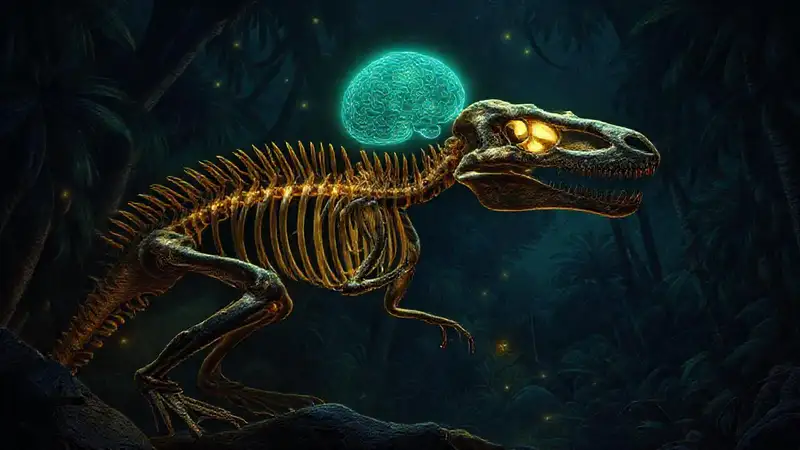The late Jurassic period witnessed a surprising diversity of feathered dinosaurs, but among them, the troodontids stand out due to their unusual combination of features. These small, bird-like theropods, primarily found in North America and Asia, possessed proportionally large brains for their size – a truly remarkable characteristic given the prevailing trends in dinosaur cranial evolution at the time. For decades, paleontologists have debated whether this large brain size indicated genuine intelligence or simply a product of evolutionary constraints. Recent research, combining fossil evidence with biomechanical modeling, is beginning to reshape our understanding of these fascinating creatures and their potential cognitive abilities.
This article will explore the evidence surrounding troodontids’ brain size, their unique skeletal adaptations, and the arguments for – and against – the idea that they were capable of complex problem-solving. We'll examine how their anatomy suggests a level of dexterity and coordination potentially beyond that of other carnivorous dinosaurs, fueling speculation about their cognitive capabilities. The investigation into their intelligence remains one of the most compelling mysteries in paleontology, and the ongoing discovery of new fossils continues to refine our understanding.
Skeletal Adaptations: Hands and Dexterity
The most striking feature of troodontids is undoubtedly their hands. Unlike the massive, blunt claws typical of most theropods, troodontids had prehensile hands – hands remarkably similar to those of birds. These hands were equipped with three long, slender digits, and evidence suggests they were capable of gripping and manipulating objects. The arrangement of their wrist bones was also highly flexible, providing a wide range of motion, crucial for fine motor skills.
This hand anatomy is profoundly different from the heavily muscled, clawed hands of other predators. It suggests a shift in locomotion and feeding strategy, moving away from simply relying on powerful bites and claws to dispatch prey. While we can’t definitively say what they were manipulating, the potential for tool use – or at least, the manipulation of objects – is a compelling argument for increased cognitive ability. The flexibility and dexterity afforded by their hands are a critical piece of the puzzle.
Researchers have utilized biomechanical models to simulate the force and precision that these hands could exert. These simulations suggest that troodontids could potentially grasp and manipulate objects with a surprising degree of control, further supporting the notion that they weren't merely functional appendages but, potentially, tools for interacting with their environment. This physical capability represents a substantial departure from the typical dinosaurian hand morphology.
Brain Size: A Key Indicator?
The size of the brain is often considered a good proxy for intelligence in animals, although it’s crucial to remember that brain size alone doesn’t guarantee sophisticated thinking. Troodontids consistently exhibited a remarkably large relative brain size, particularly considering their relatively small body size. Compared to other theropods of similar size, troodontids boasted a cranial capacity significantly greater than expected.
Paleontological studies have revealed that many troodontids possessed elevated crests on their skulls, which may have housed larger brain tissue. Furthermore, the location and structure of the braincase itself – the bony shell protecting the brain – suggested a more complex and developed neurological structure. Analysis of fossil endocasts (casts of the inside of the skull) has confirmed that troodontids had significantly larger cerebral cortices – the outer layer of the brain associated with higher-level processing – than most other dinosaurs.
However, it’s important to note the ongoing debate about whether this increased cranial capacity was simply a result of evolutionary pressures related to seeing (larger eyes) or whether it reflected a genuine expansion of neural processing capabilities. Future research may need to consider these competing explanations when assessing the level of intelligence these dinosaurs possessed.
Feathers and Sensory Perception

The presence of feathers in troodontids is another crucial piece of the puzzle. While many dinosaurs were feathered, the feathering in troodontids was particularly extensive and complex, covering large portions of their bodies. This suggests a greater importance of thermoregulation and perhaps even camouflage. However, it also supports the theory that troodontids were more closely related to birds than previously thought.
The feathers themselves could have played a role in sensory perception, potentially enhancing vision or even contributing to a form of tactile feedback. Given their large brains, it’s reasonable to hypothesize that troodontids developed a heightened sense of awareness and could process information from their environment more effectively. The combination of feathers and a large brain suggests a level of sensory integration that was perhaps unique among dinosaurs.
Furthermore, the structure of their eyes, as revealed through CT scans of fossilized skulls, indicates a high degree of visual acuity. The combined effect of feathers, advanced vision, and a large brain raises the possibility that troodontids had a more refined and nuanced understanding of their surroundings compared to their less visually oriented relatives.
Behavioural Implications: A More Complex Picture?
Based on the evidence gathered, it's increasingly plausible to propose that troodontids engaged in behaviours beyond simple predatory activities. The dexterity of their hands, combined with their large brains and advanced sensory perception, opens the possibility of intricate social interactions, tool use, or even early forms of problem-solving.
While we can’t directly observe their behavior, the skeletal adaptations and brain size suggest a creature capable of learning and adapting to different situations. The discovery of troodontids in association with fossilized plant matter, for example, hints at potential scavenging behaviors alongside hunting. It's entirely possible that these dinosaurs weren’t simply passive predators but active participants in their ecosystems, demonstrating a degree of cognitive flexibility that challenges traditional views of dinosaur intelligence.
The ongoing study of troodontid fossils promises to reveal even more about their behaviour and potential cognitive abilities, potentially rewriting our understanding of dinosaur evolution and intelligence.
Conclusion
The evidence surrounding troodontids – particularly their remarkably large brains and prehensile hands – suggests they represent a significant departure from the prevailing trends in dinosaur evolution. The complex anatomy of these dinosaurs compels us to reconsider the cognitive capabilities of extinct reptiles. It’s no longer sufficient to dismiss them as merely large, powerful predators.
While the exact extent of their intelligence remains debated, the growing body of research strongly indicates that troodontids possessed a level of dexterity and cognitive potential that was previously unimaginable for a carnivorous dinosaur. Continued paleontological discoveries, coupled with advances in biomechanical modeling and neuroanatomical analysis, will undoubtedly shed further light on these intriguing creatures and their surprising capacity for problem-solving, reminding us that dinosaurs were more complex and intelligent than we once believed.






Deja una respuesta